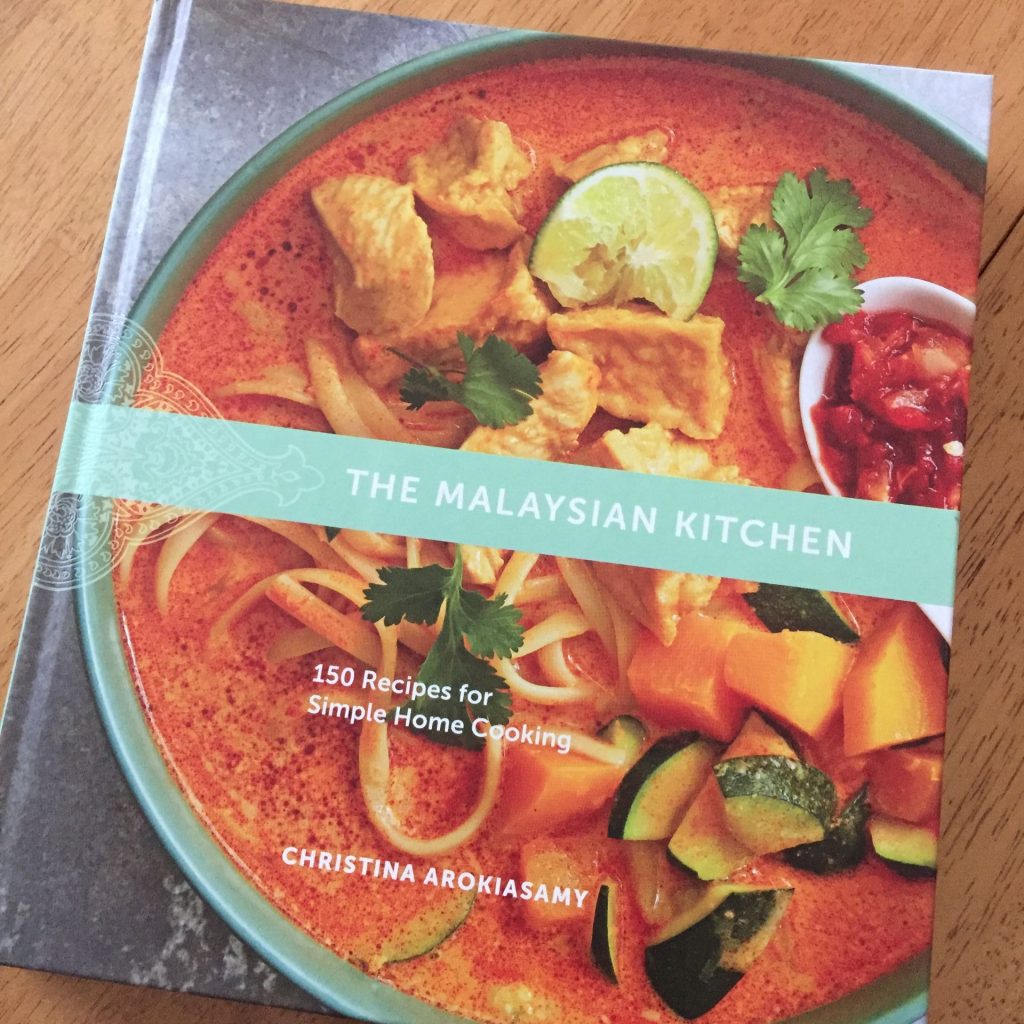“Four weeks over the summer, I have time for that!”
Those are my naive thoughts from this fall as I filled out my application to be a part of #AgEd2Malaysia. I severely underestimated all the time it would take to prep for this exciting journey. It is not the first international trip that I have taken, but I forgot to tack on a little extra work per week compared to my mission trip to the Dominican Republic, and most importantly, I forgot to multiple that amount of work by four. A month of travel takes a lot more time to prepare for compared to only 7 days!
Even as I sit here tonight writing this with only about half of my classwork done and a paper to write with only about a month to go (Oops… I keep hoping that someday I’ll figure out how to not procrastinate), I am thankful for the prep work that has been done. The amount of work that I’ve been asked to put in is so minimal compared to what others have to do, like write the grant for the trips funding, finalize the itinerary, make contacts, book the flights, and I could probably keep going for a whole post just listing all the tasks involved in going on a unique trip like this one. All this work in not in vain though and will definitely help dispel some discomforts of being in a new culture.
Here in the United States, wearing a normal short sleeve shirt or a pair of sandals to school is an everyday occurrence, but in Malaysia that doesn’t hold true. Thankfully through some prep work done with our partners, I now know that and can plan accordingly, so I don’t have to add to the stress of a new situation the discomfort of feeling out of place because of my outfit. I think that most of us can say that we’ve been there and understand that feeling. You missed the memo and wore business causal to the informal banquet or didn’t realize that everyone was going to dress nicely for the picnic you decided to wear athletic shorts and a cut-off t-shirt too.
Most of us can probably also relate to those situations when you’ve sat through a lecture, the teacher asks for questions, and the response is a silence where you could hear a pin drop because no one understands the class content well enough to even begin to form a question about it. I’ve been in those situations on industry tours as well, and they can be awkward. I’m thankful for the research that we’ve been doing ahead of time that can help mitigate those situations. We now have enough background information on things like the Palm Oil Industry, or the Malaysian Government Structure, or FELDA, that they aren’t completely foreign concepts, and we can ask questions to be able to learn even more, making it a more enjoyable situation for everyone involved.
I’m thankful for the work that we have been doing now that will help make the traveling aspect of the experience that more beneficial and enjoyable. Even with my gratitude toward the prep being done now, I am sure that as we are in the country I will appreciate what we’ve done now even more, as well as find things that I’ll wish I had made more time to learn more about before departing from the US. But hindsight is 20/20, and the small amount of research we will have done now before we leave, is better than not learning anything at all!






